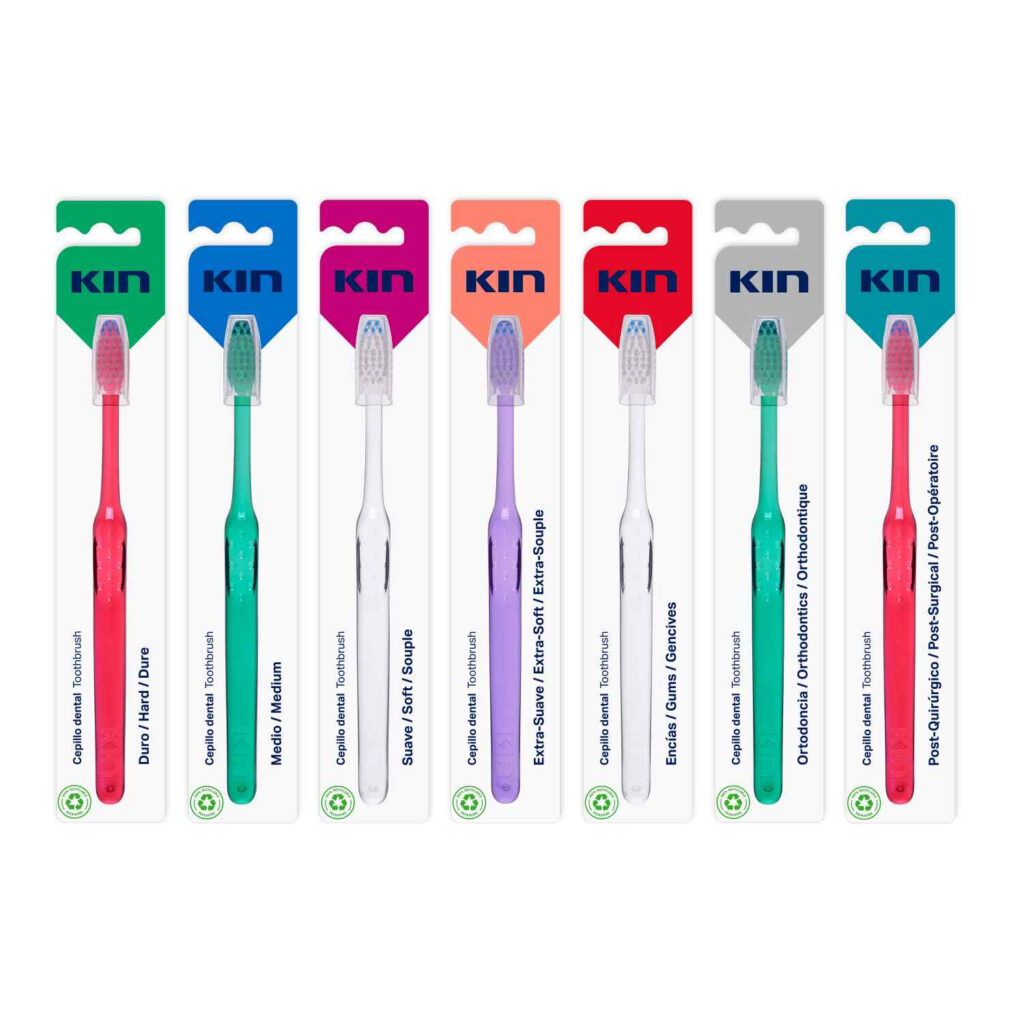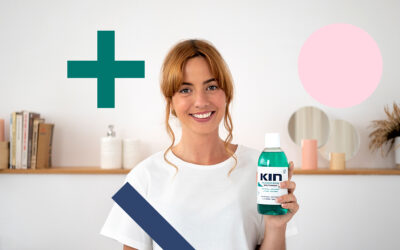The toothbrush is the most important tool we have to help us maintain proper oral hygiene. proper oral hygiene.. Thanks to toothbrushing, we remove food debris accumulated in the mouth after meals, as well as accumulated in the mouth after meals, as well as the bacteria that bacteria responsible for the formation of dental plaque, caries and other oral problems.
Food debris and bacteria accumulate over time in the over time on the toothbrush. Therefore, no matter how well it is maintained and cleaned, it is vitally important to change it regularly. vital to change it periodically to ensure its hygiene and to ensure its hygiene and correct functionality.
Oral health professionals recommend changing the toothbrush every three months of use, even if it appears to be in good condition. But above all, it is very important to replace it as soon as possible with a new one if the bristles start to open or wear out. The same applies to the head of an electric toothbrush. This part should also be replaced every three months at the latest, regardless of whether it appears to be damaged or not.
The importance of changing toothbrushes
Due to the high frequency of use, several times a day, it is quite normal for toothbrushes to wear out and lose effectiveness. wear out and lose effectiveness. The bristles lose their original shape and begin to open. When we observe a deterioration of the bristles, the time has come to change the toothbrush or the electric toothbrush head, whether or not we have reached the maximum time of 3 months that dentists recommend.
As it is used, bacteria and germs from inside the mouth accumulate between the bristles of the toothbrush head, even if it is not visible to the naked eye. of the toothbrush head, even if you can't see it with the naked eye. These bacteria can grow in the right conditions of humidity, and return to the mouth when the toothbrush is used again. Some of them are pathogenic, being responsible for different types of diseases that can affect the health of gums, teeth and general health. Therefore, it is of vital importance to to take hygienic measures for the correct maintenance of the toothbrush y renew it after three months of use at the latest.
Bacteria and toothbrushes
Along with the bacteria from the mouth that are passed on to the toothbrush, also in the bathroom in the bathroom a large number of microorganisms accumulate every day that can contaminate the toothbrush. micro-organisms that can contaminate the toothbrush.. Thus, without us realising it, bacteria from the toilet can be present on other surfaces in the bathroom, for example on the edges of the sink, where we often put toothbrush, with the consequent risk of contamination..
In certain humidity and temperature conditions, such as those usually offered by a bathroom, bacteria and other microorganisms grow quickly. If we add to this the fact that food or toothpaste residues may remain on the toothbrush., we will have the ideal environment for germs to multiply freely and then return to the mouth with the use of our toothbrush. Maintain a healthy mouth with daily care routines.
Discover our products for daily oral care

Among the pathogenic microorganisms that can be commonly found on the toothbrush, the following stand out staphylococci, streptococci, Escherichia coli (E. coli), and the viruses responsible for influenza, COVID-19 or cold soreswhich remain dormant in the brush until they come into contact with a host in which to multiply.
How to maintain your toothbrush correctly
In addition to replacing your toothbrush every three monthswe can carry out practices that will help us to keep it in the best possible hygienic conditions.. If we use and maintain our toothbrush properly, we will be able to reduce the accumulation of microorganisms on it.
Some of the most important recommendations to maintain our toothbrush correctly are:
- Wash our hands with soap and water before brushing our teeth.. This prevents micro-organisms from dirty hands from being transferred directly to the toothbrush.
- Thoroughly disinfect the brush after use.. To do this, it is advisable to immerse the toothbrush in a glass of mouthwash, preferably containing cetylpyridinium chloride (CPC) or clorhexidine. After 30 minutes, rinse it thoroughly with water and dry it properly.
- When you have finished brushing your teeth, it is important to place the toothbrush in a ventilated place and in an upright position to dry. to dry.
- Prevent the toothbrush from coming into contact with other people's toothbrushes to limit the transmission of germs.
As we have seen, The correct use and maintenance of toothbrushes and toothbrushes with a toothbrushas well as replacing it with a new one every three monthshelps to take care of the health of our mouth, preventing cavities and mild and serious periodontal diseases.


 How to relieve pain with newly placed braces?
How to relieve pain with newly placed braces? How to keep your breath fresh?
How to keep your breath fresh? 10 Tips to take care of the oral health of the little ones
10 Tips to take care of the oral health of the little ones



